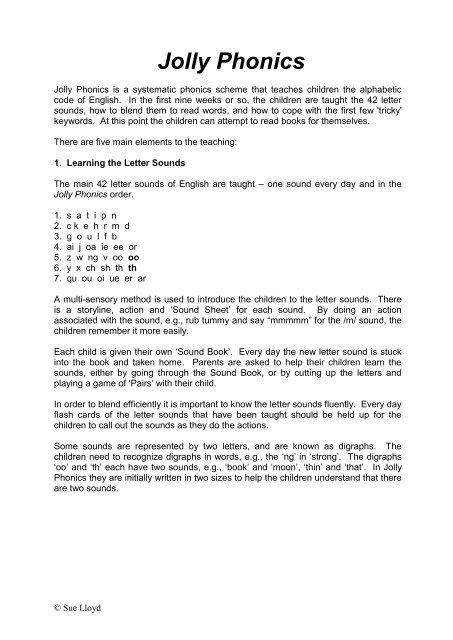
As they could never have heard this word before, it because clear that they were applying the rule that plural end in ‘-s’/ However, children between the ages of 2 and a half and 5 often OVERGENERALISE’ with plurals, so we hear things like ’sheeps’ and mouses’. Then, they were shown a picture of two Wugs, and the children were asked to complete the sentence ‘Now there are two…’. At first, the child was shown a picture of one creature and told ‘this is a Wug’. A famous experiment was carried out by Jean Berko (1958) who showed children pictures of fictitious creatures he called ‘Wugs’. This kind of error is known as Overgeneralisation.ģ) In the third stage, correct inflections are usedĬhildren produce accurate grammatical constructions from an early age, and researchers have tried to determine if they have learned this themselves or have copied adult speech. They observe that past tense forms usually end in –ed so instead of ‘ran’ they say ‘runned’. The features are also listed in the order in which they were acquired:Ħ) third person singular verb ending – s (eg): he singsħ) auxiliary verb ‘be’ (eg): I am dancingĬruttenden (1979)divided the acquisition of inflections into the following three stages:ġ) In the first stage, children memorise words on an individual basisĢ) In the second stage they show an awareness of the general rules of inflections. Functional words such as articles like ‘a’ and ‘the’ and also auxiliary verbs seem to be acquired in a regular order.īrown (1973) studied children’s language development between the ages of 20 months and 36 months and found the sequence shown below occurred regularly. These are word endings such as –ed and –ing. Research indicates there is a predictable pattern in the acquisition of inflectional affixes. Progress during this stage is rapid, and by the age of 5, children have usually mastered sentences containing more than one clause, conjunctions and ‘ing’ ‘ed’ or ‘s’ endings to words and verbs. These utterances are similar to some of those used in the two-word stage – they can often make sense, but key elements are missing such as: Some will be grammatically complete such as ‘Amy likes tea’ or ‘Mummy sleeps upstairs’ but others will have essential grammatical elements missing such as ‘Daddy home now’ or ‘Laura broke plate’. Take the following example from Bloom (1973):įrom the age of about 2, children begin producing three and four word utterances.

Also, depending on the CONTEXT of the utterance it might have more than one meaning. Words that convey less information such as ‘in’ or ‘the’ for example, are missed out.Ĭonfusion as to what a child actually means during the two-word stage can arise because children don’t know tenses or plurals yet. This example shows how children in this stage focus on key words.

Subject + complement Daddy busy (daddy is busy)Īlso, when a child tries to repeat what an adult has said, it will miss out part of the sentence, but what is retained is usually grammatically correct:ĪDULT: Look Charlie, Ben’s playing in the garden Verb + object Suzy juice (Suzy is drinking juices) Subject + verb - Jenny sleep (Jenny is sleeping)

Usually, the two words are in a grammatically correct sequence such as: Two word sentences usually appear when the child is around 18 months old. For example, the word ‘juice’ might mean ‘ I’ve finished my juice’ or ‘ I want more juice’, therefore the single word is taking the place of a more complex grammatical construction that the child hasn’t learned yet. In many situations the words simply serve a naming function, however, sometimes they convey more complex messages.

Occasionally more than one work may appear to be involved but this is because the child has learned the group of words as a single unit and thinks it is all one word. Roughly between 12 and 18 months is begins to speak in single word utterances such as ‘milk’ mummy’ and so on. The average child is about a year old when it speaks its first words.


 0 kommentar(er)
0 kommentar(er)
